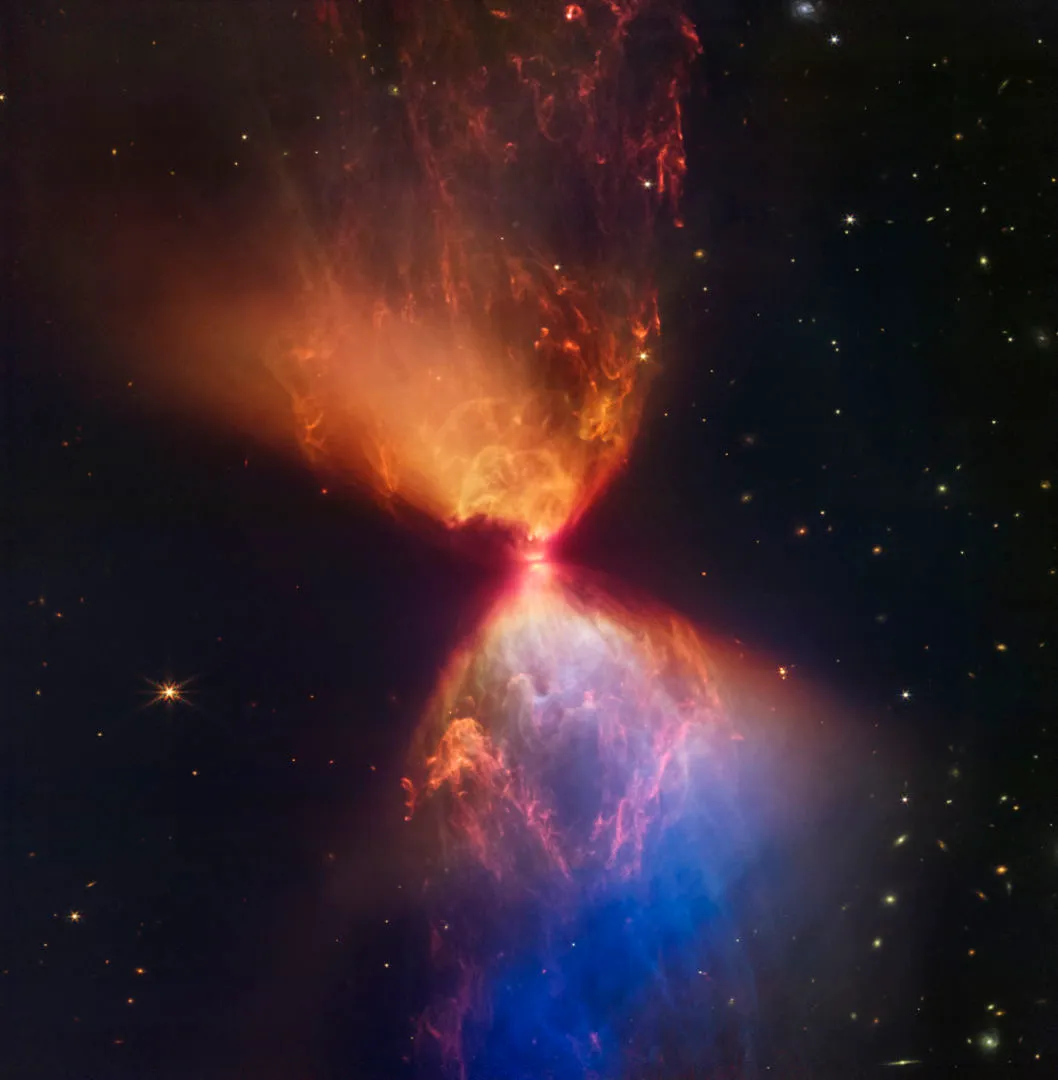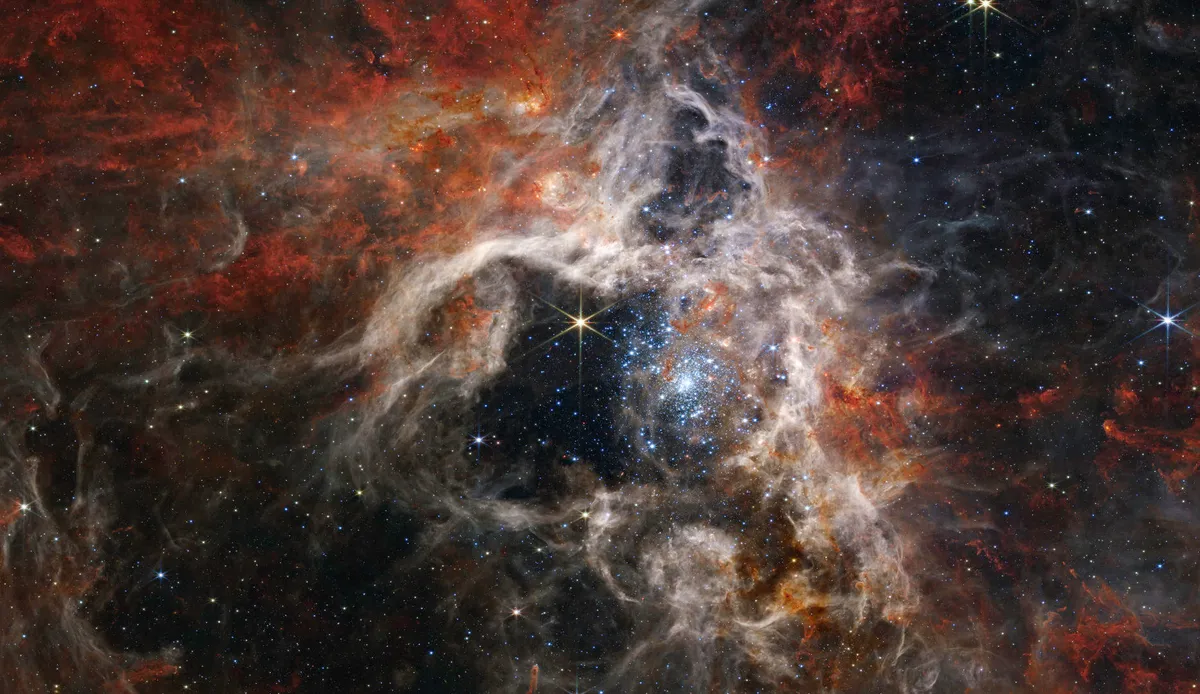Stars are big. Really, really big. That might be the biggest understatement in astronomy.
But have you ever wondered how massive stars form, and how massive a star can really be?
More cosmic behemoths

Raman Prinja is professor of astrophysics at University College London, a science author and an expert on the biggest stars in the Universe.
We got the chance to ask him some of the most common questions about massive stars.
How do massive stars form?
Massive stars have between eight to over 100 times the mass of our Sun when they form. But astronomers aren’t sure how these behemoths become so huge.
All stars are forged within vast, dense clouds of dust and gas located in interstellar space.
The force of gravity causes the clouds to collapse in on themselves, making central clumps that get denser and hotter.
The clumps are surrounded by plate-like, spinning discs of material, from which more matter is pulled in to grow the star.
The problem is that after the star reaches around 20 solar masses, very strong radiation from the forming massive star can create an outward force that prevents more matter being sucked up from the swirling disc.
One possible solution could arise from the fact that massive stars always form in clusters or groups.
It may be that a number of small clumps of gas (or protostars) are consumed by the main star to give birth to the most massive stars in the Universe.

What's the maximum mass a star can have?
Very massive stars, those over 100 solar masses, are very rare.
A star called R136a1, which is located around 160,000 lightyears away in the centre of the Tarantula Nebula, in our neighbour galaxy, the Large Magellanic Cloud, is one of the most massive we know of – between 170 and 230 solar masses.
Astronomers predict that stars of about 150 to 250 solar masses become very unstable, and huge amounts of energy and chemical elements are ejected when they go supernova.

How does the life of a massive star differ from that of the Sun?
The life cycle of a star depends on its mass. Massive stars use their supply of nuclear fusion energy much quicker than lower-mass, Sun-like stars.
Our Sun will live as a stable star for about five billion years, after which it will run out of fuel and bloat out into a red giant star, before puffing out its outer layers as a planetary nebula.
The tombstone left behind will be a compact, Earth-sized, white dwarf.
A massive star born with 20 solar masses, however, will only have a five-million-year stable phase, after which it will rapidly expand into a supergiant star hundreds of times the radius of the Sun.
When its nuclear fusion energy supply runs out, the star will explode as a supernova, blasting away all its outer layers in a hugely energetic event.
What’s left behind is either a neutron star or a black hole.

Stars change over millions or billions of years, so how can we know their life cycle?
We can’t just observe a single star and watch it playing out its full life cycle, so astronomers act like detectives to figure out the phases stars go through.
They take snapshots of clusters of many stars that were born with different masses, which means some have evolved faster and gone further in the cycles than others.
In these snapshots, we can see a zoo of newly formed stars, stable stars, red giants, supergiants, supernova leftovers and so on.
Using extra data, such as spectroscopy, astronomers then figure out these must be phases in stellar life cycles.

How are we connected to massive stars?
Our lives and the lives of massive stars are inextricably linked.
This profound connection arises because life-giving chemical elements can only be forged in the interiors of massive stars or during their detonations.
The elements oxygen, silicon, calcium, iron and phosphorus that are so important for our bodies were generated in the centres of massive stars.
They were dispersed across space by exploding supernovae, spreading out to ultimately enrich our star-forming cloud of gas and dust, out of which the Solar System and Earth were forged.
We are the stardust of massive stars!
Do you have any questions about massive stars or the Universe in general? Get in touch by emailing contactus@skyatnightmagazine.com
This interview appeared in the November 2024 issue of BBC Sky at Night Magazine
